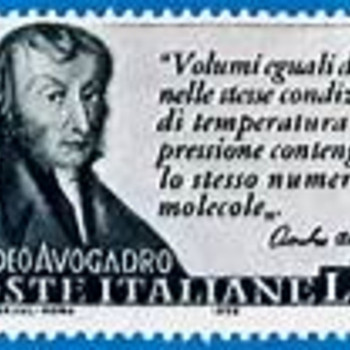#1*atm# pressure will support a column of mercury that is #760*mm*Hg# high. Measurement of pressure in #mm*Hg# is thus useful (because a mercury column is easy to set up!), because it can measure a pressure of about an atmosphere, or very LOW pressures, such as when you do a vacuum distillation, and evacuate the system out to #0.01*mm*Hg#.
If you attempt to measure pressures much HIGHER than #1 *atm# with a mercury column, YOU WILL GET metallic mercury all over the laboratory, and this is a major clean-up job. Nevertheless, mercury barometers sometimes read a pressure of slightly greater than #760*mm#.
So let's convert the pressure to #"atmospheres"#.
#"Pressure"=(780*mm*Hg)/(760*mm*Hg*atm^-1)=1.026*atm#.
The Ideal Gas Equation tells us that #n=(PV)/(RT)#
i.e. #"Mass"/"Molar mass"=(PV)/(RT)#
OR #"Mass"="Molar Mass"xx(PV)/(RT)#
And now we fill in the #"noombers"#:
#"Mass"=(16.33*g*cancel(mol^-1)xx1.026*cancel(atm)xx22.410*cancelL)/(0.0821*cancel(L*atm*K^-1*mol^-1)xx273.13*cancelK)#
#=??*g#
We get an answer in #"grams"# so we must be doing something right.
We could have also used the fact that under standard conditions of #273*K#, and #1*atm#, ONE mol of Ideal Gas will occupy #22.4*L#. And we know the molar mass of methane.

